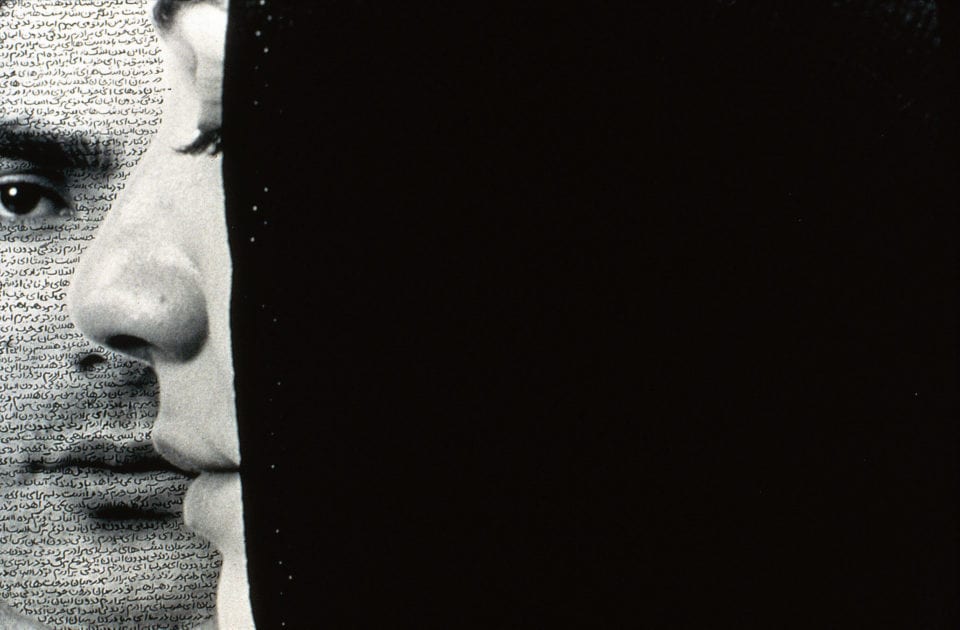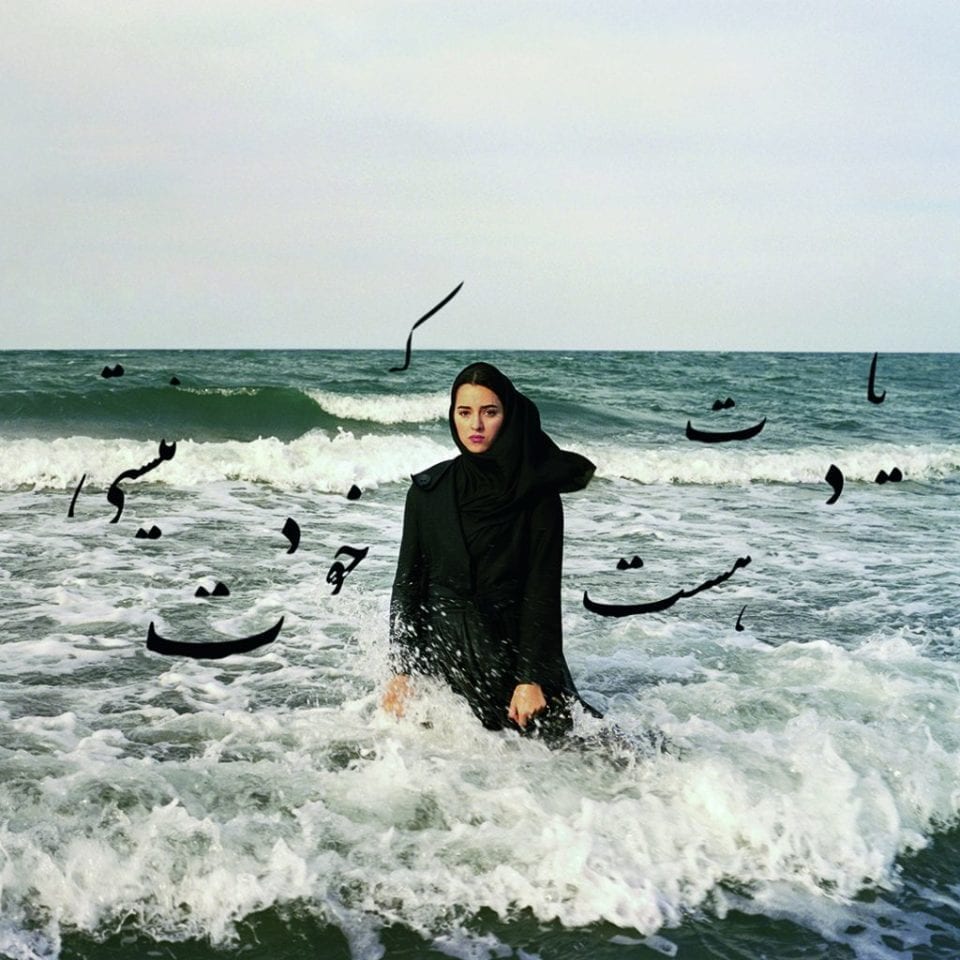In 2012, Blouin artinfo named Mohammed Afkhami one of the “50 most exciting collectors under 50.” Phaidon’s new text, Honar: The Afkhami Collection of Modern Contemporary Art is evidence of just this. Now based between Dubai, New York and Switerzland, the Managing Partner of MA Partners DMCC has accrued a wealth of vital pieces from Iran – a country that is producing some of the world’s most insightful, impacting and aesthetically considered pieces of work. As Afkhami states, in Guardian’s Reframe Iran series: “There’s a rich tradition craftsmanship here that doesn’t go away with conflict. No matter what happens politically you can’t suppress the cultural roots of the country.”
Sewing together an extensive list of practitioners from the 1950s to the present day, this weighty publication provides a rich tapestry of ideas and self-expression, from well-publicised figures such as Parviz Tanavoli, Farhad Moshiri and Charles Hossein-Zenderoudi to lesser-known sculptors, illustrators, photographers and innovators. Regardless of acclaim or recognition, each of the 95 individuals mentioned in Honar have been chosen for the diverse and important contributions that they have made to the contemporary artistic climate.
The publication is well-versed in a range of media, from painting and ceramics to new digital works. Found materials, experimentation, multi-disciplinary layering and collage crop up multiple times. Script, for example, plays a vital role, especially as an overlay. Written words provide a source of visual expression beyond semantic meaning; the aesthetic qualities of language are celebrated and explored. This applies to a range of languages and cultures, from the beautiful presentation of Islamic texts to the abstracted forms of the Saqqakhaneh movement.

The use of text is perhaps most notably exercised in the radical works of Iranian artist Shirin Neshat. In her emotive film and photographic projects, calligraphy acts as both an expression of identity and a compositional decision. Whispers is an example of this; a picture mostly shrouded in full black from the cloth of a “chador.” For the remaining portion, a woman’s face is placed in front of a male companion, whose features are, in turn, also veiled – covered in ink inscriptions. This piece is just one of Neshat’s groundbreaking photographs discussing the relationship between women and the religious value systems of Islam.
Blending tradition and modernity, Neshat is master of the in-between – a space charged by the female experience, which is interpreted through Islamic coding. This is further shown in a captivating still from Rapture, a two-channel video installation which invites the viewer to stand in the middle of two opposing films. One screen depicts a crowd of men taking part in ritualesque, mundane tasks amongst an urban backdrop, whereas the other features anonymous, veiled women as they make their way across the desert towards the ocean.

These important visual conversations are further developed in the work of Newsha Tavakolian. The Dream CD Covers address the suppression of women through powerful, impactful images that address the voiceless. The series is based around potential, imaginary album artworks for female singers who, in reality, aren’t allowed to perform in public. As seen in the featured image, Tavakolian presents a figure that stands alone in the sea, staring directly at the camera, merging analogue and digital; liberation and censorship. The words “Yadat hast ke khodat nisti” (“Your memory is here while you are not”) are printed onto the paper, floating in non-sequential order, as if they were an apparition of thought from a closed mouth. It is through such compelling examples that the book really speaks out.
These seminal projects are, of course, just part of a wider discourse about Iranian art and its turbulent history. Afkhami summarises: “Art has underpinned my life as long as I can remember. When the Islamic revolution erupted, the family was uprooted and our possessions confiscated, art was a stabilising and constant pillar.”
What becomes increasingly evident through the 277 pages of this publication is that creative expression is both a form of catharsis and a critical practice that has the capacity to affect and inspire every individual. This book is an unprecedented source of enrichment for readers – for those who have read widely on Iranian artists or those looking to find out more about a country which has often been overshadowed by media-fuelled scrutiny.
Kate Simpson
Honar: The Afkhami Collection of Modern Contemporary Art is available now from Phaidon. For more information: www.phaidon.com
Credits:
1. Shirin Neshat, still from Rapture (1999).





